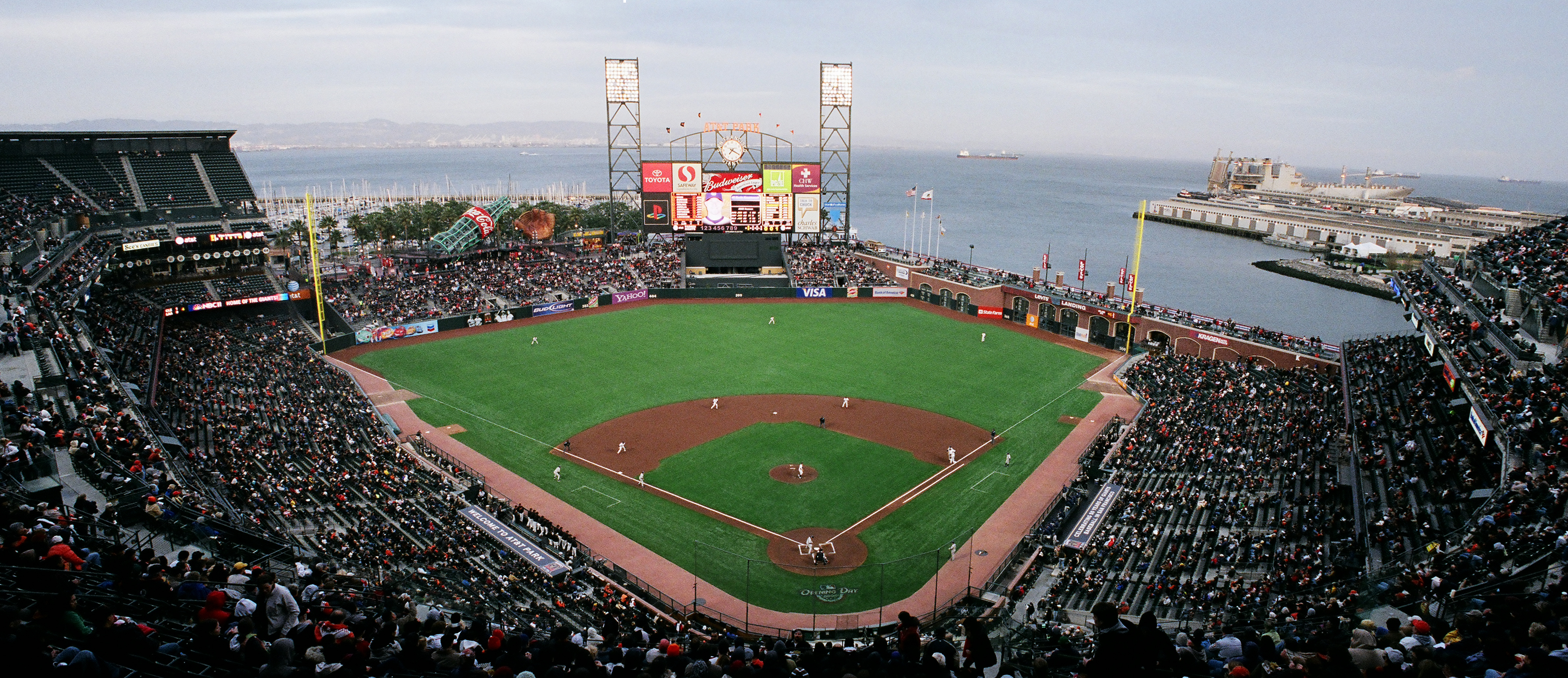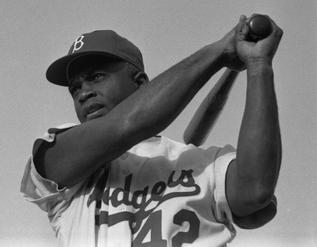Welcome to the exhilarating intersection of baseball and architectural brilliance – MLB stadiums. Brace yourself as we unveil the 2023 edition of the top 5 arenas, where history, innovation, and excitement collide.
In this captivating journey, we’ve considered key factors, such as:
- The harmony of heritage and modernity.
- The unforgettable fan experience.
- The artistry in design and aesthetics.
- The unique ambiance and vibe each stadium offers.
Our ranking caters to baseball enthusiasts and architectural marvel fans alike.
So, strap on your virtual helmet, and let’s dive into the world of top-tier MLB stadiums defining the 2023 baseball landscape. Play ball and enjoy upcoming sporting events.
Diving Deeper into the Top 5 Ranked MLB Stadiums: 2023
1. Fenway Park, Boston
Fenway Park breathes history. As the oldest MLB stadium, it has hosted legends of the game since 1912. With its moderate capacity of 37,949 for night games and 37,949 for day games, it fosters an intimate connection between the fans and the field.
Its idiosyncratic ‘Green Monster,’ the 37-foot-tall left-field wall, is a standout architectural marvel and a challenge for all visiting teams. Seamless modern upgrades, without compromising its vintage charm, make Fenway Park an iconic pilgrimage site for every baseball fan.
2. Dodger Stadium, Los Angeles

As home to the Los Angeles Dodgers, Dodger Stadium represents a harmonious blend of past and present. Being the third-oldest park and boasting the highest seating capacity in MLB at 56,000, it strikes a perfect balance between grandeur and history.
The picturesque sight of downtown LA and palm trees accentuates the tranquil outdoor atmosphere. With its famous ‘Dodger Dog’ hot dogs, the stadium also scores high on creating a unique gastronomic experience for visitors.
3. Wrigley Field, Chicago
Wrigley Field, the second-oldest ballpark, is synonymous with the Chicago Cubs. Its distinctly old-school design, including the famed red marquee at the entrance and ivy-coated outfield walls, transports fans back to baseball’s golden era.
Its seating capacity of 41,649 ensures a cozy game-viewing experience. Plus, the recent renovations have added modern amenities without disturbing its historic charm, making it a go-to destination for classic baseball nostalgia.
4. PNC Park, Pittsburgh
Though significantly newer than its top-ranking peers, PNC Park leaves an indelible mark on visitors with its state-of-the-art design. This 38,747-seating-capacity stadium sparkles with pristine views of the Pittsburgh skyline and the beautiful Allegheny River.
Plus, the thoughtful blend of fan-friendly amenities and downtown proximity ensures a delightful and convenient experience for all attendees. Despite its infancy, PNC Park is fast-becoming a cherished baseball venue.
5. AT&T Park, San Francisco

Last but not least, AT&T Park in San Francisco provides an unparalleled seaside baseball experience. Since its opening in 2000, it captivates fans with a view not of buildings or landscapes, but of the expansive Pacific Ocean.
This spectacular water feature, affectionately known as McCovey Cove, is the landing area for home-run balls, known as ‘Splash Hits.’ Though it serves 41,915 fans, the sight of kayakers waiting for home run balls in the Cove adds a quirky twist, making AT&T Park an unforgettable destination.
What Makes an MLB Stadium Great?
Creating a great MLB stadium extends beyond just being a venue for baseball games. It is about building an indelible experience that excites every sense in a fan’s body. Several factors contribute to this:
History and Heritage
The greatest MLB stadiums are those where history permeates every brick, every seat, and every blade of grass on the field. Venues like Fenway Park and Wrigley Field, which have witnessed countless iconic moments, create this indistinguishable feeling of being a part of something larger than oneself.
Design and Aesthetics
The structural design of a stadium significantly impacts the fan experience. Is it easy to get around? Are there enough facilities? Is the view of the field unobstructed from every corner of the stadium? These design considerations are crucial for a great stadium. Moreover, unique aesthetic elements, such as the ‘Green Monster’ at Fenway or the ivy-coated walls at Wrigley, add an additional layer of charm.
Location and Surroundings
The most beloved MLB stadiums often boast stunning, picturesque views that augment the in-stadium experience. Whether it’s the backdrop of downtown LA from Dodger Stadium or the waterfront views at AT&T Park, integrating the stadium with its surroundings is a vital factor in stadium design.
Fan Experience
The overall fan experience encompasses various aspects — easy accessibility, comfortable seating, quality food and beverages, friendly staff, and special attractions or activities for fans. All these contribute to the ambiance of the area and play a significant role in defining a stadium’s greatness.
Innovation and Modernization
Finally, the flexibility to evolve and innovate is a key characteristic of a great MLB stadium. Modernizing facilities without disrupting the stadium’s heritage is a delicate balance that needs to be struck. Whether it’s introducing modern amenities, increasing accessibility, or integrating sustainable practices, the ability to keep up with times while maintaining the classic charm is what counts.
In essence, the greatness of an MLB stadium lies in its successfully infusing history with utility, creating an unforgettable experience for fans while keeping the spirit of baseball alive.
A Stadium’s Greatness Enhanced by the Home Team
While the architecture, history, and amenities play a huge role in defining an MLB stadium’s greatness, the caliber of the team that calls it home is equally crucial. An extraordinary stadium coupled with an outstanding home team elevates the overall experience to a whole new level.
Synergy between Team and Stadium
A passionate and successful home team breathes life into the stadium, amplifying fan excitement and fostering local pride. The team’s performance, style of play, and even its players’ character impact the stadium’s atmosphere during games.
When a team delivers unforgettable moments, such as historic victories, remarkable comebacks, or record-breaking plays, these events become etched in the collective memory of the fans, and the stadium itself. Likewise, legendary players who have donned the home team’s uniform not only contribute to the team’s legacy but also become emblematic of the stadium’s storied history.
In conclusion, an MLB stadium cannot fully manifest its greatness without a captivating team to rally behind. As these teams forge their own legacies on the field, they simultaneously leave their indelible mark on the very essence of the stadiums they call home.



